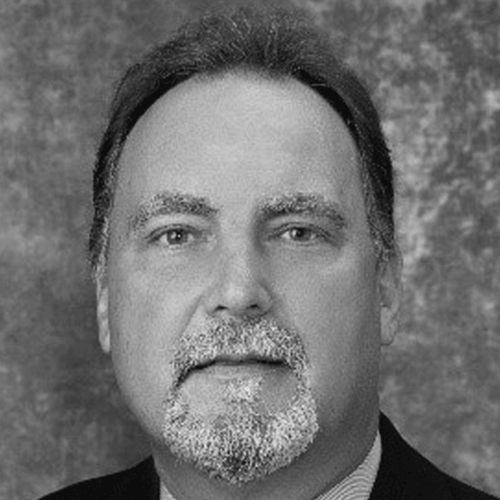
David Weir
President, WorkPartners

Dinamarie Fonzone
Vice President of Health Risk Performance, Scott Benefit Services
Workers that are healthy and engaged will be productive, boosting a company’s bottom line — that’s the thinking behind the idea of optimizing human capital.
“This is about seeing people where they are and helping them thrive and compete in today’s workforce,” says David Weir, president of WorkPartners, a company that provides human capital management solutions for high-performing companies throughout the United States.
WorkPartners aims to ensure companies use their salary and benefit dollars as efficiently and effectively as possible – this is the essence of human capital management – optimizing employee policies, benefit designs, and rewards. WorkPartners accomplishes this through deep data analytics and integration of services including employee health and wellness programs, absence management, workers’ compensation, employee assistance programs, and employer on-site clinical services. The company’s parent organization, UPMC, is one of the country’s leading nonprofit integrated health systems.
“Most companies have four to five different administrators of these programs operating in siloes with very few of them talking to each other,” says Weir. “The ability to integrate these programs operationally, via warm transfers and handoffs to other programs, is critically important for increasing employee engagement and getting employees the right services and support at a time when they’re most likely to use them. By connecting these programs, we’re able to identify more people in need, engage them more fully and have a greater impact at the individual and organizational level.”
Balancing needs
WorkPartners has three goals for their employer clients: reducing healthcare costs; reducing risk-driving costs such as disability, and PTO; and reducing unscheduled time away from work.
Managing human capital is about ensuring that both the employer and the employee have their needs met.
“Human capital is the skills, motivation, and health that an employee brings to the workplace and exchanges for different kinds of compensation from an employer,” says Justin Schaneman, director of integrated analytics at WorkPartners, explaining that companies want productivity and employees want good wages and incentives.
For example, one large national employer, who employs many shift workers, offered flu shots to minimize unexpected absences. At some locations, more employees got the flu shot than others. Schaneman crunched the numbers and concluded that employees who wanted the flu shot knew they needed to be healthy so they could work overtime. Salaried employees who weren’t eligible for overtime didn’t feel the incentive to get the flu shot.
He says one of the reasons companies like to bundle services is to save money so they can reinvest it in wages and other benefits. One food service company with high turnover incentivized employees by reinvesting the company’s benefits savings back into the 401(k) so that they could offer a better match to employees.
Holistic approach
Industry expert Dinamarie Fonzone, vice president of health risk performance at Scott Benefit Services, says companies need to look at their people, as well as their bottom line.
“The financials and the numbers are always lagging indicators of what’s actually happening with the people,” she says. “Taking a more predictive view helps get ahead of the risk curve.”
“We’re now able to take all this data and bring it together, organize it and use predictive analytics, have it mean something, and give the businesses something actionable to work with,” she says. “High-performing companies understand this human capital approach and are better able to engage their workforce.”
Employee engagement
When employers connect their different health and wellness services, employees feel more engaged.
“They feel more cared for,” says Fonzone. “They feel [their] employer cares about whether I’m here at work. My employer cares about me as a person and my professional growth.”
Kristen Castillo, [email protected]


